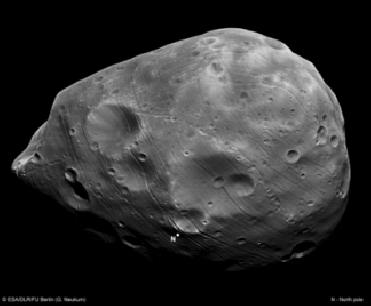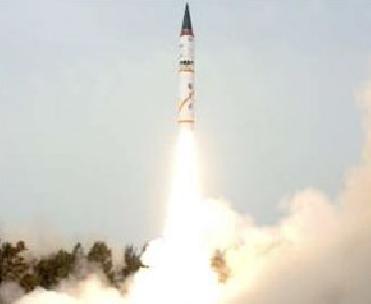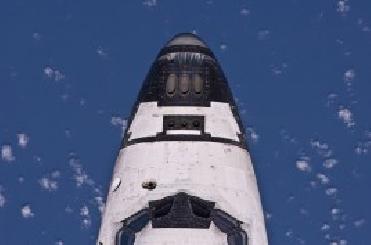
Phobos as seen by the HRSC nadir channel during Mars Express Orbit 7926. ESA Photo.
MUNICH (BNS): ESA's Mars Express during the recent flyby of Phobos has revealed that the interior of Mars� moon Phobos could be as much as 30 percent empty space.
The exclusive images taken by the spacecraft has shown the planet's rocky moon in exquisite detail, with a resolution of just 4.4 metres per pixel.
According to a research team from the University of the German Armed Forces in Munich, it is still not clear how the rocky object was formed. The finding has shown that Phobos is probably not an asteroid that was captured by the Red Planet�s gravity.
"Scientists have long debated the origin of Phobos, and these new findings narrow down the possibilities, said Tom Andert, a planetary geophysicist at the University of the German Armed Forces in Munich," as reported by the Science News.
Andert and his colleagues are of the viewpoint that Phobos almost certainly isn�t a single solid object.
Phobos is an irregular body measuring some 27 � 22 � 19 km. Its origin is debated. It appears to share many surface characteristics with the class of �carbonaceous C-type� asteroids, which suggest that it might have been captured from this population. However, it is difficult to explain either the capture mechanism or the subsequent evolution of the orbit into the equatorial plane of Mars. An alternative hypothesis is that it was formed around Mars, and is therefore a remnant from the planetary formation period.
The researchers are hopeful that in the near future, analysis of radar data gathered during the recent flybys should help scientists discern whether Phobos is a solid body of relatively light rock or a porous amalgamation of dense rubble.
ESA's Mars Express spacecraft orbits the Red Planet in a highly elliptical, polar orbit that brings it close to Phobos every five months. It is the only spacecraft currently in orbit around Mars whose orbit reaches far enough from the planet to provide a close-up view of Phobos.
 Previous Article
Previous Article Next Article
Next Article













The Indian Air Force, in its flight trials evaluation report submitted before the Defence Ministry l..
view articleAn insight into the Medium Multi-Role Combat Aircraft competition...
view articleSky enthusiasts can now spot the International Space Station (ISS) commanded by Indian-American astr..
view article